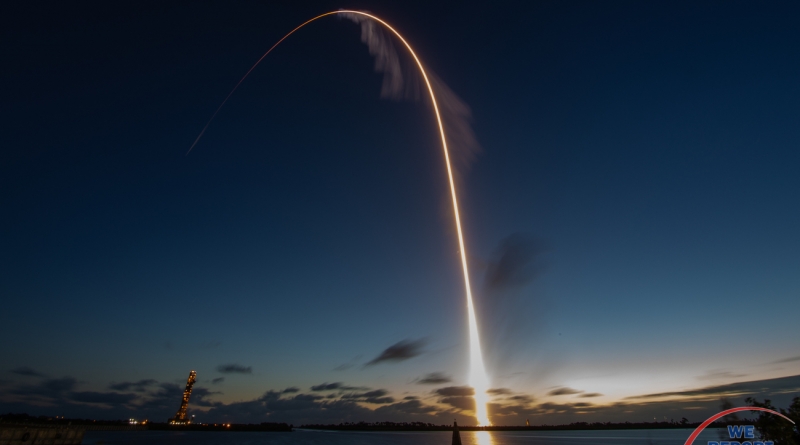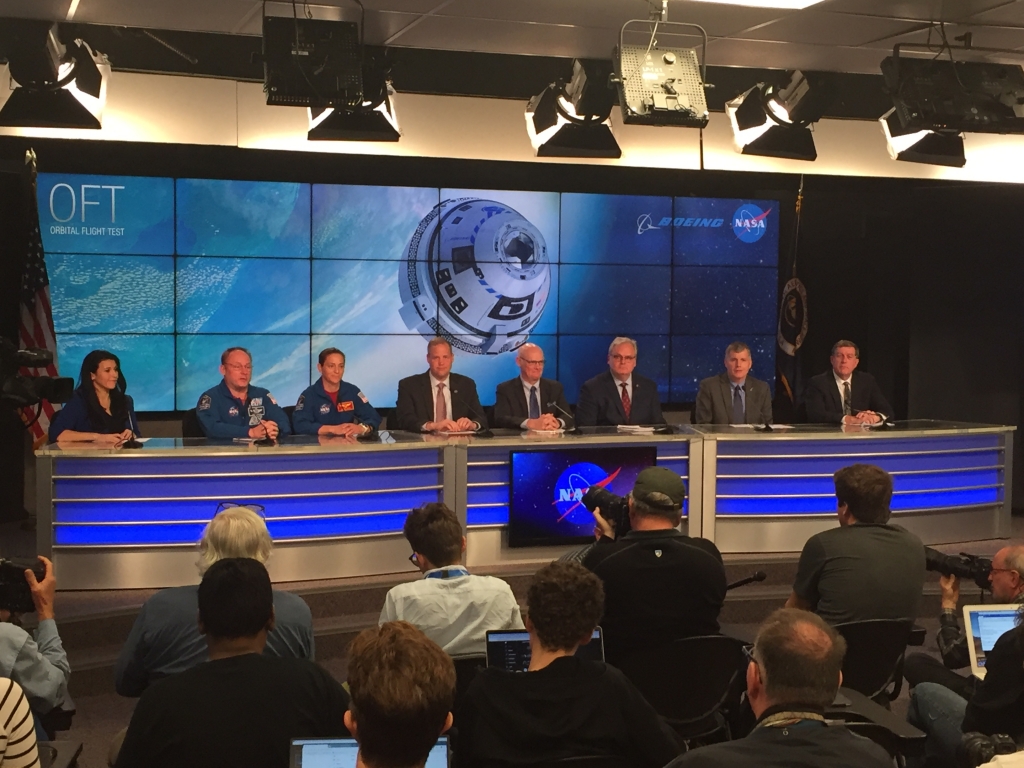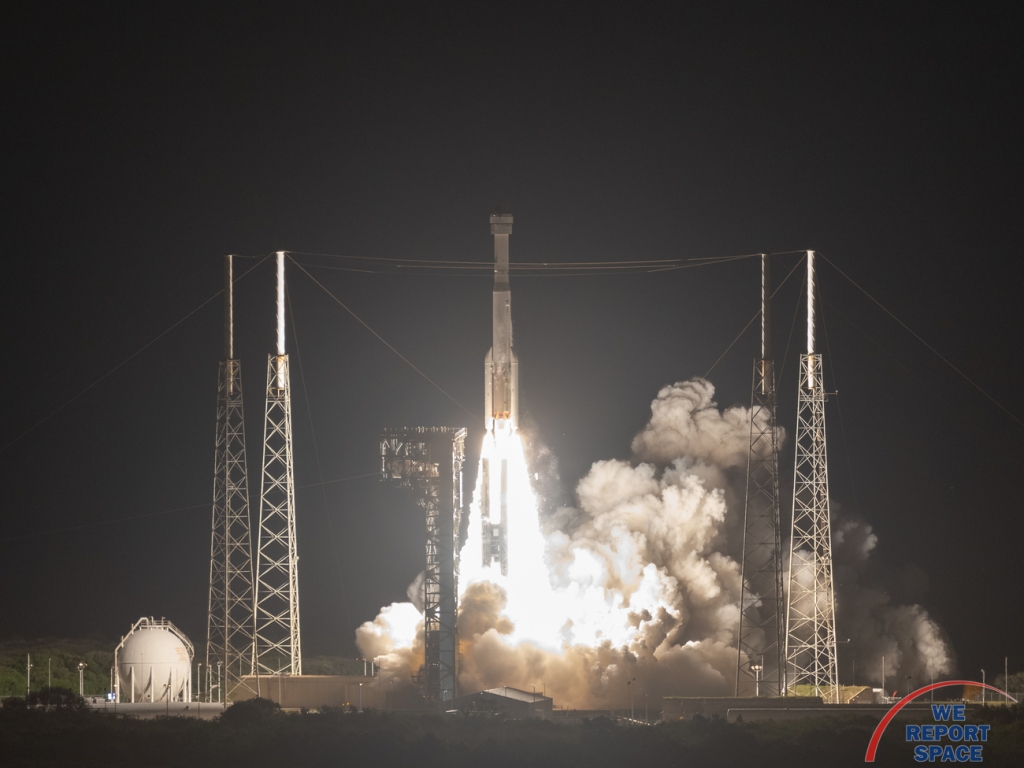Faulty Timer Aboard Starliner Prevents Rendezvous with ISS

CAPE CANAVERAL AIR FORCE STATION: The 81st United Launch Alliance Atlas V rocket performed a perfect launch and ascent of the Boeing Starliner capsule. As control was handed over to the autonomous Starliner capsule, a faulty elapsed mission timer on the Starliner caused the wrong burns to happen.
Jim Chilton, Senior Vice President of Boeing Space & Launch: "As soon as the spacecraft separates from the launch vehicle, it is programmed to do an orbital insertion burn. That burn did not happen. It appears that the vehicle was using a mission elapsed timer that was not the actual mission elapsed time."
Mission controllers, realizing a problem, sent corrective signals to the capsule, but the capsule was in a dark zone between two TDRS communications satellites and the corrective signals could not get through. Once communications had been restored, it was too late to perform an orbital insertion burn to rendezvous with the International Space Station.

NASA Administrator Jim Bridenstine: "Had a crew been in the capsule, the would have had manual overrides and we may be docking tomorrow. When the timer was off, the capsule believed it was in an Orbital Insertion Burn when it was not. This turns on the thrusters and we used fuel that would have been needed to reach the station. We made the decision to preserve fuel that is needed to safely return the capsule to landing at White Sands."
CFT-1 astronaut: Nicole Mann: "Had we been on board, we could have provided additional options to flight controllers. That's why you fly with test pilots."
CFT-1 astronaut Mike Finke: "I was watching the flight and going through my flight check-list as I was watching. The robust manual capability would have allowed us to override the autonomous system."
As of 2.5 hours after launch, the Starliner is in an orbit that can lead to a de-orbit burn and landing at White Sands as early as Sunday. Life support is available in the capsule and the crew would have been safe.

The situation is still developing and the team might decide to keep the Starliner on orbit longer in order to perform more tests. Two orbit-raising burns are planned for Friday afternoon to optimize landing.
Bridenstine: "A lot went right today. We were able to test the Atlas-V flying with 2 Centaur upper stage motors. We were able to test a low-G trajectory that is unique to crewed flights. Testing the de-orbit burn and landing will be an important part of the mission."
It is uncertain if NASA will request a second uncrewed flight test. Boeing is going to determine the root cause of the timer failure. It is conceivable if the software bug can be fixed, the next flight of Starliner could be crewed. Bridenstine: "I am not saying it is yes or no. It is not off the table."

Stunning, full color photo book covering every east coast launch spanning 2014-2015, including the first-ever powered landing of a SpaceX Falcon 9 rocket.
More Info



